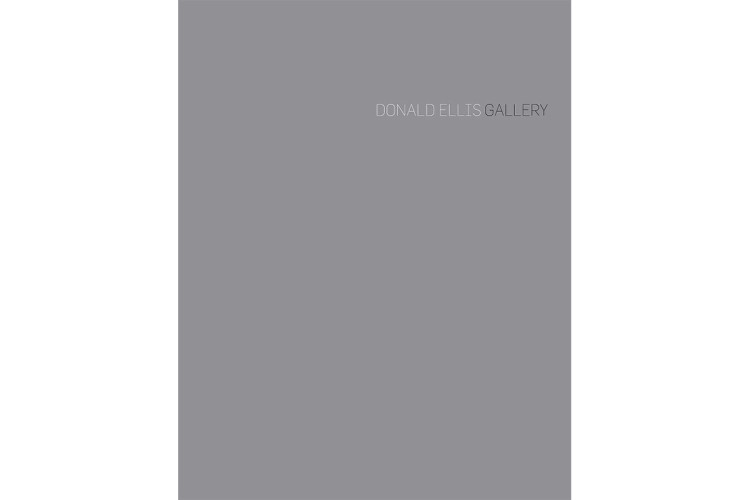
The Audain Art Museum
The Audain Art Museum, which houses an exceptional collection of historical Northwest Coast art largely acquired through Donald Ellis Gallery, will open in Whistler, BC, in March 2016
ca. 1840
wood, paint, human hair, hide
height: 9 ½"
Inventory # N3760
Sold
acquired by The Audain Art Museum, Whistler, BC
Ziff Family Collection, New York, NY
Aspen Art Museum, Aspen, CO, December 16, 1999–April 16, 2000
Pinacotheque de Paris, Paris, France, “Jackson Pollock et le Chamanisme”, October 15, 2008–February 15, 2009
Art of Grace and Passion, Shaw, Seattle, University of Washington Press, 1999, pg. 99
Jackson Pollock et le Chamanisme, Polcari, Paris, Editions de la Pinacotheque de Paris, 2008, pg. 198, pl. 67
Connaisance des Arts, Paris, HS Number 380, pg. 32
Donald Ellis Gallery catalogue, 2012, pl. 12
The Tlingit carved masks for numerous occasions. The majority were created for shamanic use, each representing the image of a particular spirit helper that had approached the shaman during a vision quest. Ideally consisting of sets of eight, the masks range in style from naturalistic representations of individuals, often referred to as “portrait masks”, to more or less abstracted depictions of particular animals. In addition, some masks feature complex transformational imagery between zoomorphic and humanoid states of being. Masks were also performed during potlatches, large gift-giving feasts that cemented the host’s social status and reputation. Opposite moiety lineages were invited and, outfitted in their finest ceremonial dress, enacted a family’s mythical past through masked dances and singing. As indicated by the hooked beak, the present mask likely represents an eaglet. Both the eyes and the lower jaw are articulated, adding to the vivid animated quality of this impressive work. Humanoid features such as eyebrows and a slightly opened jaw are accentuated with red hatching, while the remainder of the mask is painted in a light blue colour. The central face is framed by four painted hide strips, possibly representing feathers. Two smaller avian heads are carved to either side at the top of the mask, where an old collection label is visible. Without anecdotal evidence, the precise identity or context of use of this mask cannot be stated with certainty.

The Audain Art Museum, which houses an exceptional collection of historical Northwest Coast art largely acquired through Donald Ellis Gallery, will open in Whistler, BC, in March 2016

$45.00 USD